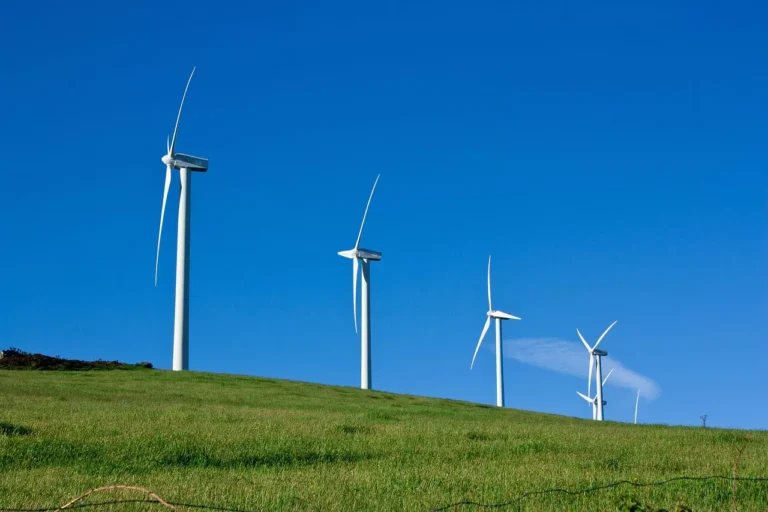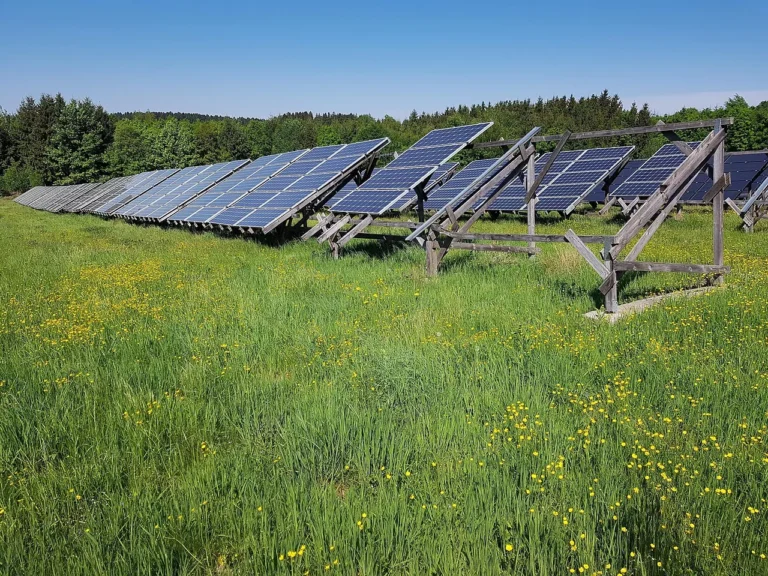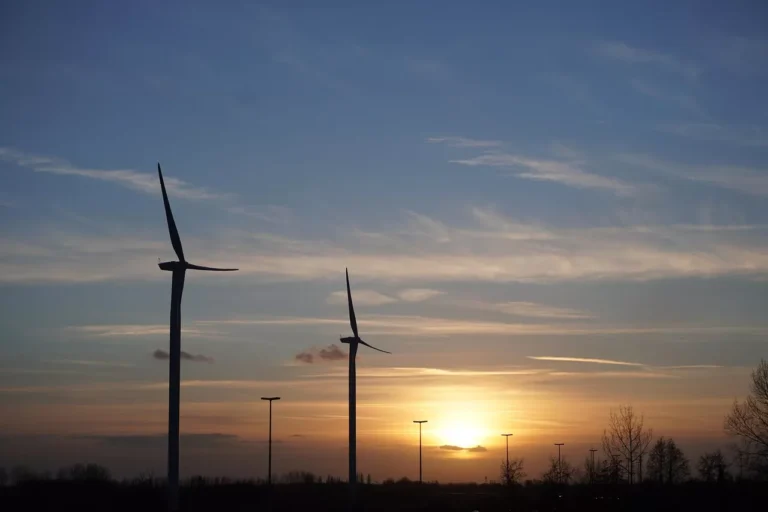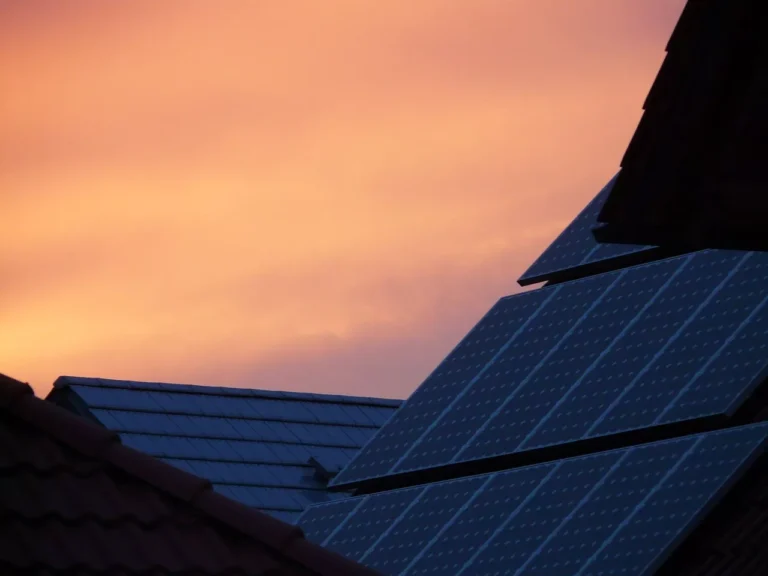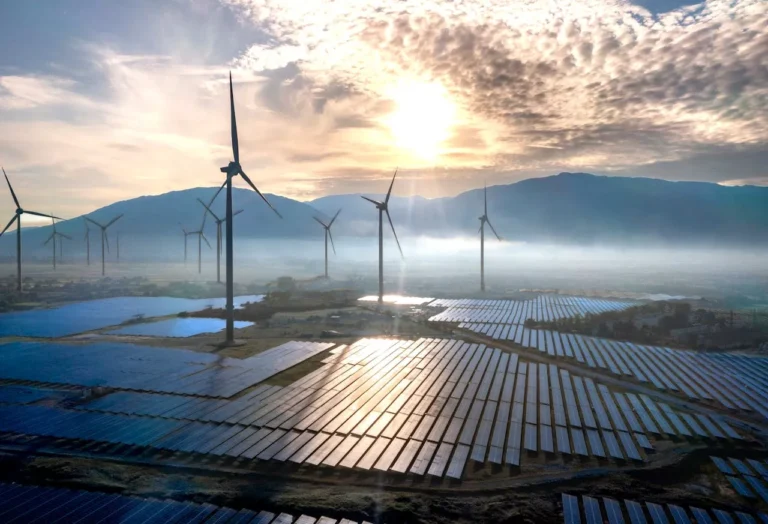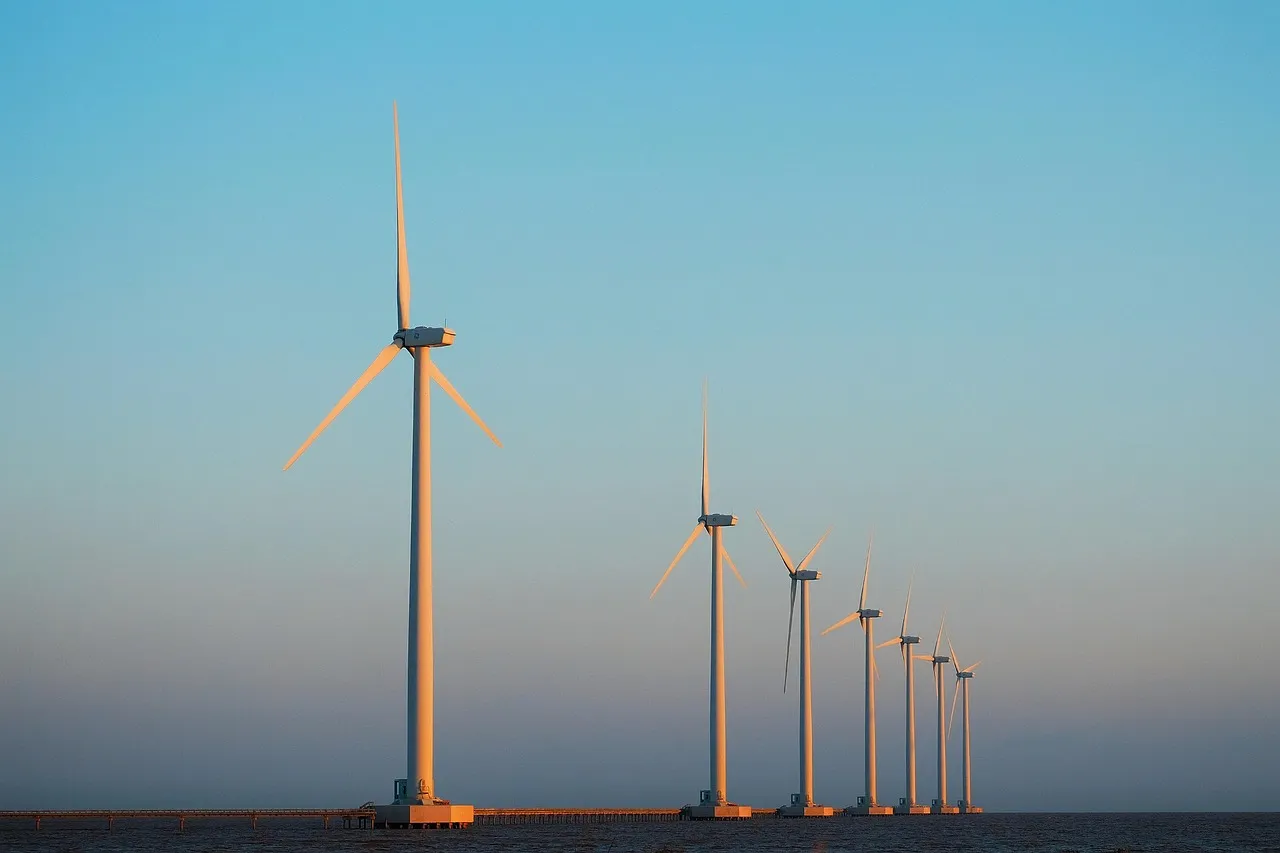
Dachen Island: China’s First Zero-Carbon Island, Powered by Innovation and Sustainability
In a landmark achievement that exemplifies the future of sustainable energy, the Taizhou Power Supply Company, a subsidiary of the State Grid Zhejiang Electric Power Company, has successfully transformed Dachen Island into China’s first zero-carbon island. This pioneering project represents a tangible realization of what a fully green-powered society can look like, from domestic life and tourism to industrial production, all fueled by renewable energy sources.
Located approximately 29 nautical miles from the coastal city of Taizhou in Zhejiang Province, Dachen Island consists of two small landmasses—Upper Dachen and Lower Dachen. Though seemingly remote and accessible only by a two-hour boat ride, this cluster of islands has become a national and international showcase of cutting-edge clean energy technologies. It is no longer just a scenic location, but a bold statement about the direction of China’s energy transition and a living laboratory for innovative environmental stewardship.
From Energy Poverty to Renewable Abundance
Historically, Dachen Island, like many isolated communities, struggled with limited access to electricity. The island relied heavily on diesel generators, which were costly, polluting, and logistically challenging. The limited supply meant that electricity was only available for a few hours a day, forcing islanders to live without power at night. This lifestyle, constrained by fuel shipments and emissions, significantly hindered economic development and quality of life.
In 2009, the island embarked on its clean energy transformation. The first steps involved replacing diesel generators with wind turbines, using Dachen’s strong offshore winds as a new energy source. This transition marked the beginning of a deep and sustained commitment to sustainability, one that would soon attract the expertise and leadership of the Taizhou Power Supply Company.
Today, Dachen Island stands in stark contrast to its earlier days. It generates more than 60 million kilowatt-hours of clean, renewable electricity annually—six times more than it consumes. Rather than struggling to meet its energy needs, the island now exports its surplus electricity to the mainland grid, reversing the conventional direction of energy flow and becoming a net contributor to the broader regional energy system.
Global First in Grid Innovation
At the heart of Dachen’s energy success is not just the deployment of wind turbines and solar panels, but also a leap forward in power transmission technology. The island is home to the world’s first 20 Hz flexible low-frequency power transmission system—a groundbreaking solution developed and implemented with the support of State Grid researchers and engineers.
“This system reduces the charging power demand of submarine cables, lowers investment costs, and stabilizes the grid,” said Zhang Ye, Deputy Director of the State Grid Zhejiang Taizhou Power Supply Company. “It’s a key breakthrough for long-distance offshore wind transmission.”
The significance of this achievement cannot be overstated. Submarine cables traditionally used for energy transmission experience high energy losses and require extensive investment. By lowering the frequency of transmission to 20 Hz, engineers can reduce energy loss, increase transmission distance, and improve the stability of the island’s connection to the mainland grid. In doing so, the technology sets a precedent for other island and offshore developments globally.
Engineering a Greener Economy
The transformation of Dachen into a zero-carbon island extends beyond its energy grid and reaches deep into the island’s economic life. The local fishing industry, a staple of Dachen’s economy, has undergone a parallel green revolution. Yellow croaker, a regional delicacy and economic pillar, is now farmed using fully electric-powered aquaculture systems. These systems have replaced diesel-powered machines, slashing both carbon emissions and operating costs.
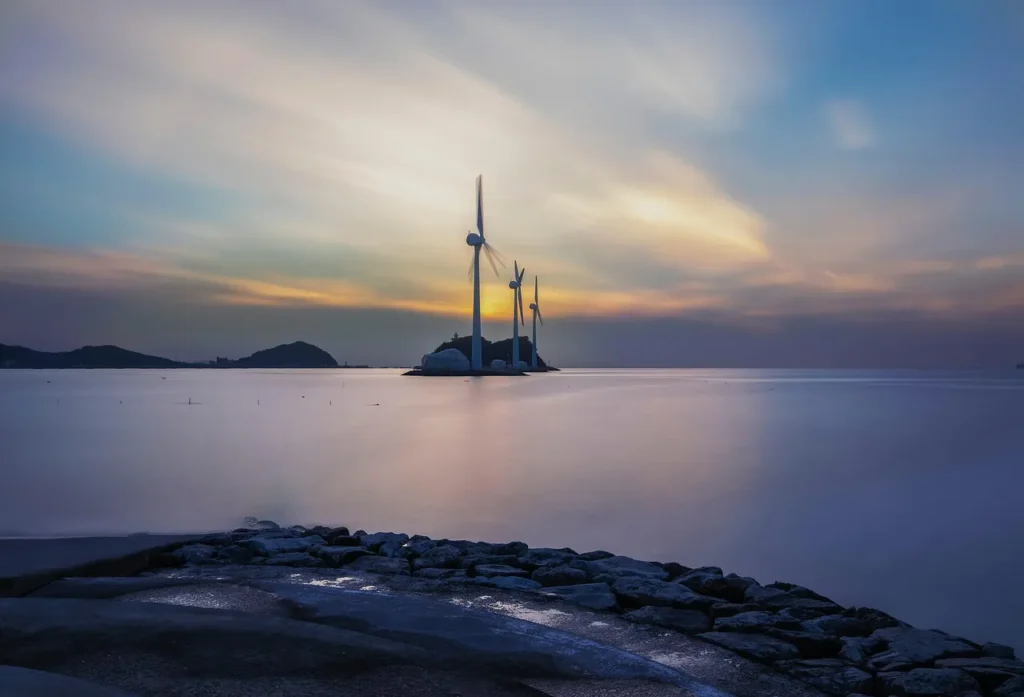
“The electrification of aquaculture has brought not only economic benefits but also environmental improvements,” noted Jiang Weijian, director of the Dachen Power Station. “We’re seeing cleaner operations and a reduction in the ecological footprint of our industry.”
Three decommissioned wind turbine blades now stand as symbolic sculptures outside the island’s power station, a quiet reminder of the island’s journey from dependence on fossil fuels to a beacon of renewable strength. As Weijian proudly explained, “We’re not just carbon-neutral—we’re power exporters.”
In addition to fisheries, the broader economy of Dachen has seen significant transformation. Agriculture, logistics, and service sectors on the island now operate on clean power, enabling local enterprises to grow sustainably and responsibly. Electrified transport—including electric ferries, cargo vehicles, and even electric drones—further reduce emissions while showcasing the practical applications of green technologies.
Tourism Reimagined Through Sustainability
Dachen’s emergence as a zero-carbon destination has also sparked a boom in ecotourism. Visitors from across China are flocking to the island to experience what life on a sustainable island looks like. The influx of tourists has led to the growth of “electric homestays”—accommodations that run entirely on renewable energy—and the development of scenic, eco-friendly transportation options such as electric buses and bikes.
Tourists are not just coming for the beaches or the seafood. They are coming to see the future—a fully functioning community powered by wind, sun, and ingenuity. Dachen has become a model for what low-carbon living can look like, offering educational tours, clean energy workshops, and firsthand experiences with green infrastructure.
“Visitors are often amazed when they realize everything here—from the air conditioning in their rooms to the lighting along coastal walkways—is powered by renewables,” said a local guide. “They leave with a new understanding of what’s possible.”
Government and Corporate Synergy
The successful transformation of Dachen Island is the result of close collaboration between government authorities, research institutions, and utility companies. State Grid Zhejiang Electric Power Company, through its Taizhou Power Supply branch, led the technical planning, infrastructure development, and long-term maintenance of the island’s energy systems.
Strong policy support from national and provincial governments also played a key role. The project aligns with China’s broader climate goals, including peaking carbon emissions before 2030 and achieving carbon neutrality by 2060. Dachen Island now stands as a vivid embodiment of these targets in action.
Moreover, the island serves as a testbed for future projects, with engineers and scientists using it to evaluate the scalability of zero-carbon technologies. Lessons learned here will inform future efforts to greenify other islands and coastal areas in China and around the world.
A Blueprint for Tomorrow
The story of Dachen Island is more than a case study in clean energy. It is a roadmap for how remote communities—often the hardest to decarbonize—can leapfrog into the future through innovation, cooperation, and commitment to sustainability. From advanced grid systems to green aquaculture and tourism, Dachen shows that net-zero living is not only achievable but also economically and socially rewarding.
As nations worldwide grapple with the realities of climate change, energy insecurity, and environmental degradation, Dachen offers a hopeful counter-narrative. It tells us that through targeted investment, community engagement, and visionary engineering, even the most remote locations can become leaders in the global clean energy movement.
The Taizhou Power Supply Company’s work on Dachen is a clear example of how utility companies can transcend their traditional roles. Rather than simply delivering electricity, they can act as enablers of systemic change—powering not just lights and machines, but progress itself.
As the turbines continue to spin on Dachen’s hillsides and the solar panels soak up sun on rooftops, one message is clear: the future is here, and it runs on renewable energy.





